Recognize Cognitive Behavioral Therapy (CBT)
Do you recognize Cognitive and Behavioral Therapy (CBT)? Maybe you are familiar with it. So, what does it do to help you with your mental health?
When you have a wound or suffer from a particular physical disease, you must check yourself and seek treatment at a health care center. These actions have become normal and normative. So is your psychological condition. When you are depressed, face a serious life burden that causes stress and anxiety, or have certain psychological conditions, you should immediately seek help by taking psychological therapy.
Psychological therapy is one of many kinds of therapy that is usually facilitated by a psychologist, therapist, or psychiatrist. One of the most common psychological therapies is Cognitive and Behavioral Therapy (CBT). Let’s find out more about CBT from the review below.
Recognize Cognitive Behavioral Therapy (CBT) –
Learn The Benefits Of CBT
Cognitive Behavioral Therapy definition
Cognitive Behavior Therapy was developed by several experts, including Albert Ellis with Rational Emotive Therapy, Aaron T. Beck with Cognitive Therapy, Donald Meichenbaum with Cognitive Behavior Modification, and Arnold Lazarus with Multimodal Therapy. No less valuable contributions were also made by Michael Mahoney, Vittorio Guidano, and Giovanni Liotti.
CBT is a branch of psychotherapy that emphasizes the learning process to improve one’s behavior and also maintain the desired behavior. In the therapeutic process, clients are encouraged to recognize a number of relationships between their thoughts and responses to the social situation at hand.
CBT often involves forms of training and skills in problem-solving. The training has been widely studied and has also proven its success in overcoming a number of behavioral disorders in children and adults.
CBT therapy applies a technique that emphasizes certain cognitive conditions and is designed to produce a change in the thought process and thus changes in behavior or mood are expected. CBT can also emphasize the learning process and also the way in which external environmental conditions can have an impact on changing both cognitive and behavioral conditions.
=====> Relieve Stress with a Hot Cherry® Pillow <=====
Types of CBT
1) Social Skill And Anger Coping Skill Training
This technique is a form of a series of approaches from CBT. This technique focuses on how behavioral problems are ongoing or often occur, due to incorrect understanding of events in social situations. The program he uses is more focused on modification and also the development of one’s understanding of the beliefs and desires of others. This therapy is also able to improve the emotional response of the individual itself.
2) Problem Solving Skills Training
This CBT technique emphasizes improving one’s ability to solve problems. This training can help to overcome a variety of external problems that might provoke behavior to behave in an adaptive manner. With a series of steps that are structured and assisted by the therapist, the patient is always given direction and given an understanding of the logic.
Focus of CBT
CBT is a therapy or counseling that focuses on restructuring or cognitive improvement that deviates due to events that harm you both physically and psychologically and looks more to the future than the past.
Cognitive aspects in CBT include changing the way of thinking, beliefs, attitudes, assumptions, imagination, and facilitating the patient to learn to recognize and change errors in cognitive aspects. While the behavioral aspects of CBT are changing the wrong relationship between problem situations with the habit of reacting to problems, learning to change behavior, calming the mind and body so that they feel better, and thinking more clearly.
Cognitive Behavior Therapy Techniques
CBT is a psychotherapeutic approach used by the counselor to help individuals towards a more positive way of thinking. A variety of techniques for changing cognition, emotions, and behavior become the most important part of Cognitive Behavior Therapy. This method develops according to the patient’s needs, where the counselor is active, directive, time-limited, structured, and centered on the patient.
Cognitive Behavior counselor or therapist usually uses various intervention techniques to get agreement on target behavior with the patient. The ordinary technique used by experts in Cognitive Behavior Therapy (CBT) that is:
1) Organizing irrational beliefs. When the client realizes that some irrational and unhealthy thoughts do not automatically mean that his behavior can change so that in the use of CBT, one technique cannot be used but instead uses several techniques, such as: relaxation, journaling.
2) Biblio-therapy, accepting internal emotional conditions as something interesting rather than something scary.
3) Reiterate the use of various self-statements in role-playing with therapist/counselor.
4) Try different uses of self-statements in real situations.
5) Measuring feelings, for example measuring feelings of anxiety experienced at the moment on a scale of 0-100.
6) Controlling the mind. The patient learns to stop negative thoughts and turn them into positive thoughts.
7) Systematic desensitization. Instead of fear and anxiety with a relaxation response by expressing problems repeatedly and sequentially from the response heaviest fear until the lightest to reduce the intensity emotional patient.
8) Social skills training. Train the patient to adjust himself to his social environment.
9) Assertiveness skill training can act decisively.
10) Take-home assignment. Practicing new behaviors and strategies cognitive between counseling sessions.
11) In vivo exposure. Overcome the situation that caused the problem by entering the situation.
12) Convert conditioning, hidden conditioning efforts emphasize the psychological processes that occur within oneself, individual. Its role in controlling behavior is based on imagination and perception.
Also read: CBT for Negative Thinking – Will it help?
Cognitive behavioral therapy examples
In CBT, the client and therapist will work together to change the patient’s mindset and behavior according to the expected target.
For example, someone who is a heavy smoker cannot break away from cigarettes, especially when under stress. In CBT, the therapist will invite the patient to realize that his mindset, which is smoking can release stress, is the wrong mindset, and needs to be changed. After that, the patient will be trained to form new positive behaviors to replace old harmful behaviors. Instead of smoking, the patient will be accustomed to exercising lightly and taking deep breaths when stress strikes. This is done with a variety of techniques, ranging from telling a therapist, writing a diary, or doing relaxation.
Another example will be: people with a social anxiety disorder who are afraid of public speaking might be asked to confront fear directly by giving a speech and relaxation. This is done by using a CBT technique called in vivo exposure where there is a direct confrontation of the feared object, activity, or situation with the patient followed by muscle relaxation.
Conditions that can be treated with CBT
CBT is a powerful therapy for dealing with various psychological disorders. However, this therapy should not be applied to people who have serious mental development problems or mental disabilities. Here are some examples of psychological disorders that can be treated with CBT.
- Depression
- Anxiety disorders
- Addictions (alcohol, drugs, cigarettes, gambling, etc.)
- Phobias or psychological trauma
- Multiple personality
- Post-traumatic stress disorder (PTSD)
- Eating disorders (bulimia, anorexia, etc.)
- Sleep disorders (insomnia, delirium, etc.)
- Stress due to work, personal relationships, and other pressures
- Grief from losing a loved one or getting divorced
Benefits of CBT therapy
CBT is a psychological therapy that is quite popular compared to other therapies. This is because CBT offers various advantages not obtained from other therapies. Here are some of the advantages.
1. It doesn’t take too long
Compared to other therapies such as psychoanalytic therapy or interpersonal psychotherapy, cognitive and behavioral therapy usually progresses more quickly. This is because CBT focuses on your current mindset and behavior. Meanwhile, other therapies usually need to explore the problems that you experienced in childhood or events in the past.
2. Prevent dependence on drugs
Usually, the therapist will not prescribe medications such as antidepressants, sleeping pills, or sedatives to help change behavior. This is because your mindset is truly trained so that it can be instinctively reset, not because of medication. The results will be more pronounced in the long run. In addition, you are less likely to experience side effects or dependence on drugs.
3. The techniques taught can be applied for life
CBT has a structure that is very clear and easy to follow. So, even though you have finished undergoing therapy sessions, the mindset, and behavior change techniques you can apply continuously. Unlike other therapies, namely hypnotherapy or psychodynamic therapy which requires you to enter the subconscious, CBT is more practical and can be used by yourself without the help of a therapist.
=====> Relieve Stress with a Hot Cherry® Pillow <=====
Weaknesses of CBT therapy
Although it is very beneficial for mental health, it does not mean CBT is suitable for everyone. The following are some of the reasons why CBT is less effective for certain people.
1. Requires a very strong commitment and self-motivation
In this therapy, the client is required to have a strong commitment and self-motivation to change. Because the techniques applied in CBT are not coercive. The therapist can only provide guidance and advice, but the patient himself/herself must realize the expected changes. The patient must be willing to open up and apply the techniques taught by the therapist. If you join CBT just because others are forced to do it, it’s almost impossible for a patient to achieve the desired results.
2. Not effective for those with quite complicated psychological conditions
CBT cannot handle a variety of mental disorders at once. Thus, it is difficult for people who have more than one psychological disorder, for example, PTSD and eating disorders to achieve targeted changes. The therapist and the patient must focus first on one problem. However, this is difficult because usually one psychological disorder is closely related to another.
3. Only focus on individual factors in the present
Cognitive and behavioral therapy targets very specific problems, your own current thinking and behavior. In fact, sometimes external factors such as your family or social environment greatly influence the formation of your mindset and behavior. Likewise with events that you experienced in the past. Unfortunately, external factors are not so processed in this therapy.
Cognitive behavioral therapy online
There is a CBT therapy that you can do online. It is effective as one-on-one therapy. You could check my post about online therapy here. If you are interested in trying to do CBT online, you can do so here.
Conclusion
Those are some things that we can know about therapeutic techniques in psychotherapy, namely, Cognitive Behavioral Therapy. Hopefully, it will provide as much benefit and knowledge as possible.
Now that you recognize Cognitive Behavioral Therapy (CBT), do you think you would give it a try? Please let me know in the comment down below.
Stay safe, happy, and healthy!
—————————————————————————————————————————————–
This post may contain affiliate links, which means I make a small commission off purchases, at no extra cost to you. Read my full disclosure here. Thank you for supporting the work I put on this site!
—————————————————————————————————————————————–
We Stress Free does not provide medical advice, diagnosis, or treatment. However, if you need someone to talk to and want to make friends, please feel free to reach me at ferra@westressfree.com. If you would like to REDUCE your STRESS and are interested to do an ONLINE THERAPY, you can do so here.

———————————————————————————————————————————
Disclaimer: The information contained in this website is for educational and informational purposes only and is not intended as health or medical advice. Always consult a physician or other qualified health provider regarding any questions you may have about a medical condition or health objectives.


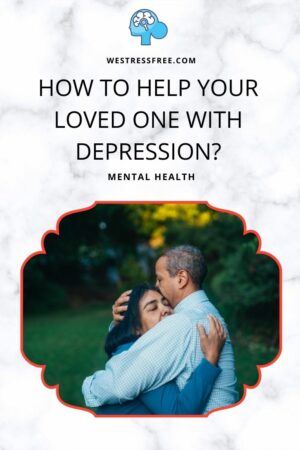

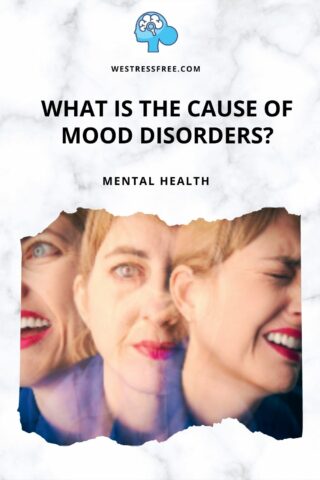
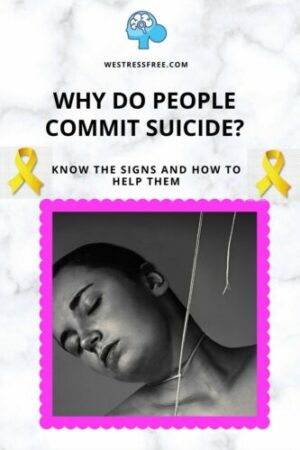


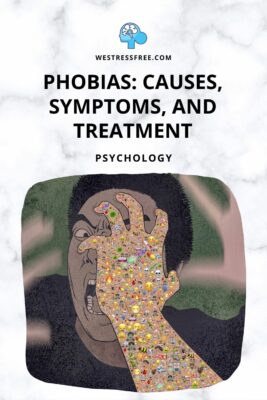

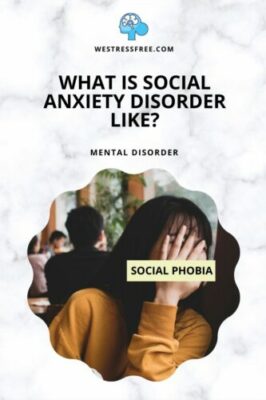
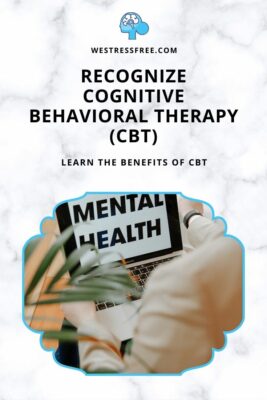
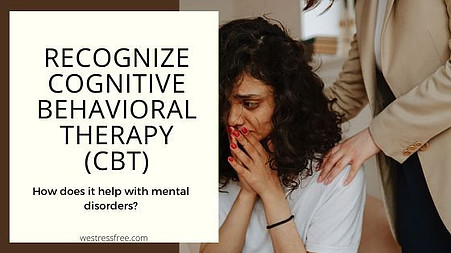
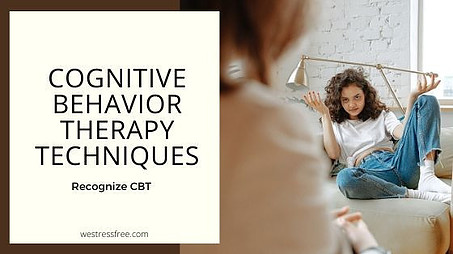



Thank you for another very helpful article, Ms. Ferra
I am a regular fan of your website and I have learned so much from your articles, I never knew CBT therapy could be used for so many of our health issues, but thanks to you I know better now
We all appreciate your dedication to helping us
Jeff
Hi Jeff,
Thank you so much for your kind comment.
I am so glad to have positive feedback from a returned visitors like you. It helps me to keep posting more helpful and educative contents. 🙂
I really appreciate it!
Stay safe, happy and healthy!
Ferra
what a great article iv booked marked this for a future reference to look back at, thanks for sharing this information.
Hi Jason,
Glad you found this post useful and helpful. Hope others will benefit from reading this post too.
Thank you for your kind comment. I really appreciate it!
Stay safe, happy and healthy!
Ferra